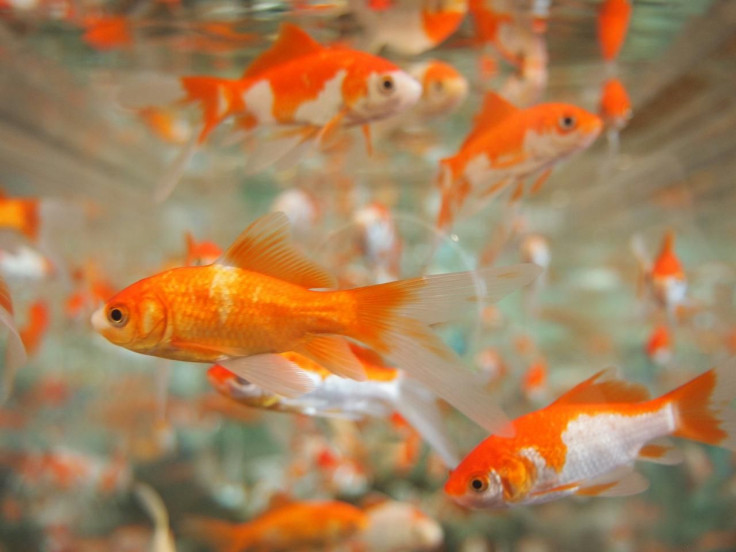Goldfish 'Triple Threat': Study Finds Potential Impact Of The Popular Pets On Biodiversity
KEY POINTS
- Goldfish have a "extensive invasion history"
- They have "voracious appetites" and are quite bold
- "Our research suggests that goldfish pose a triple threat," say researchers
Goldfish are quite popular pets, but how damaging can they really be to biodiversity? They actually pose a "triple threat," a team of researchers has found.
The spread of invasive alien species (IAS) is a "major driver of biodiversity loss," the researchers noted in their study published in NeoBiota. Globalization and the "poorly regulated" pet trade have helped these species to spread. In fact, the pet trade is said to be behind "a third of all aquatic IAS."
Although most of them spend their lives "in confinement," some would end up escaping or being released into the wild, the researchers said. Apart from the retailers and importers, even some pet owners also release their "unwanted" pets, a news release from Queen's University Belfast noted, calling the practice a "major problem" as it can have rather dire impacts on biodiversity.
In their new study, the researchers focused on goldfish and the white cloud mountain minnow. The two fish species are said to be "readily available" in the pet trade, with goldfish having an "extensive invasion history" and the other having a limited one.
For instance, goldfish that are released into the wild have become an invasive species in North America, even threatening the native species in Canada's waterways by outcompeting them for food and also by preying on them.
The researchers assessed the species' possible ecological impacts, looking specifically at three factors: their feeding rates, availability and behavior. They found that the goldfish were "voracious" eaters, having the highest consumption even when compared with two native species, while the white cloud mountain minnow had the lowest.
Goldfish were also the bolder ones between the two species. They were also more active. Boldness is one of the traits that has been associated with invasion success and dispersal, the researchers explained.
"Despite known tradeoffs associated with boldness, high boldness and activity levels have been shown to enhance feeding opportunities, survival in the presence of predators, and boldness has also been shown to correlate to dispersal in the field, as well as measures of reproductive success in other taxa," the researchers wrote.
"Our research suggests that goldfish pose a triple threat. Not only are they readily available, but they combine insatiable appetites with bold behavior," study lead author James Dickey, of Queen's University Belfast, said.
Along with their voracious appetite, goldfish also have "highly adaptable, generalist" diets that allow them to feed extensively on the vegetation that other species also eat, and even prey on amphibian eggs or aquatic invertebrates, the researchers added. And since they have rather long lifespans and can grow to large sizes, they are "more likely to be released" by their owners.
This shows that goldfish pose a "higher risk" and are "worthy of management prioritization." Furthermore, the researchers' work also showed a useful means to help assess other species in the pet trade.
"Readily available species are most likely to be released, so limiting the availability of potentially impactful ones, alongside better education of pet owners, is a solution to preventing damaging invaders establishing in the future," said Dickey.

© Copyright IBTimes 2024. All rights reserved.





















